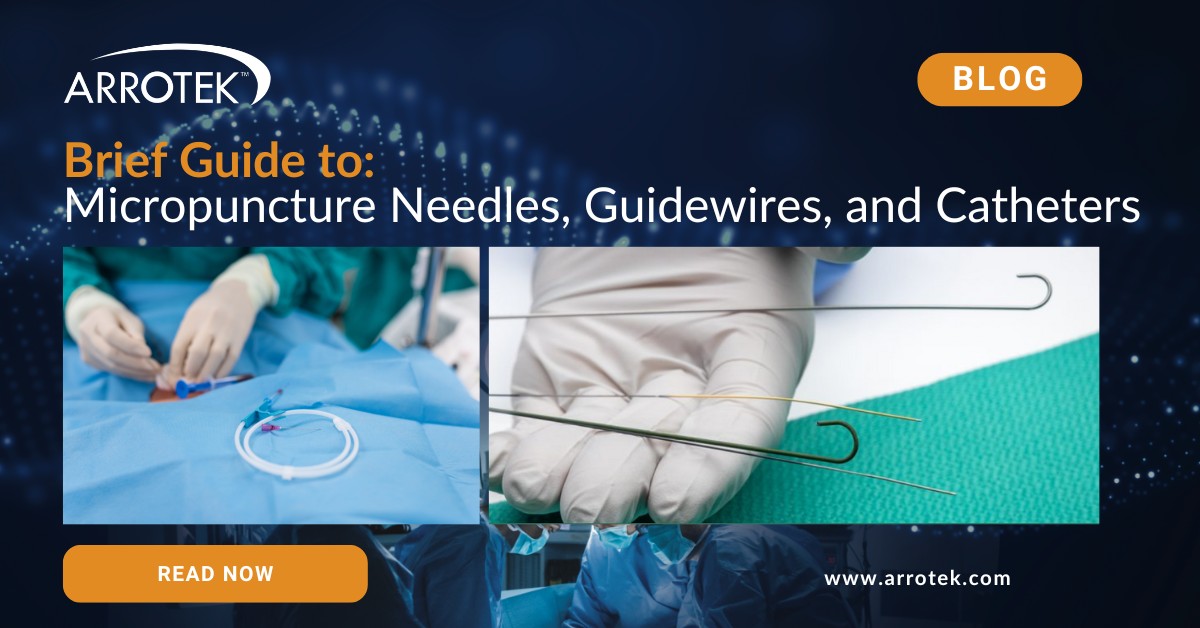Transcatheter aortic valve implantation (TAVI) systems are commonly used in procedures to treat aortic stenosis by improving the flow of blood in the heart. This can have a transformative impact on patients, especially as TAVI procedures are minimally invasive and significantly reduce the need for open heart surgery.
TAVI procedures are also referred to as transcatheter aortic valve replacement (TAVR) procedures. We’ll use TAVI throughout this blog, but both TAVI and TAVR are interchangeable as they both refer to the same type of procedure.
While TAVI treatments are common, they aren’t recommended for all patients, they are not always successful, and there are risks and negative outcomes that are associated with the procedure. As a result, innovation continues in the field of TAVI system design, with objectives that include reducing the risk of complications during or immediately after the procedure.
Examples of other features and objectives of new and innovative TAVI systems include:
- Shortening hospital stays
- Reducing leaks from spaces between the new valve and the heart’s natural tissue
- Increasing the range of patient profiles that TAVI procedures are suitable for
- Reducing the need for pacemaker implantations after the TAVI procedure
- Improving outcomes over the long term
- Lowering the profiles of delivery systems
- Achieving greater positioning accuracy
- Enhancing durability
How TAVI Systems Are Used
The aortic valve lies between the left ventricle and the aorta, the main artery that carries blood to the body. When the aortic valve is narrowed (aortic stenosis), the flow of blood from the heart into the aorta and onwards to the rest of the body is restricted.
TAVI procedures involve replacing the valve that has narrowed.
Access to the heart is achieved through a major artery, usually the femoral artery in the groin. Alternative access points, including transapical (through the chest) or transaortic (through the top of the aorta), may be used depending on the patient’s anatomy.
A catheter carrying the replacement valve is passed through the patient’s vascular system to reach the aortic valve. This is where the term transcatheter has relevance, as it means carried out through a catheter’s lumen.
Once at the aortic valve, the replacement valve (which is typically made from biological materials, such as cow or pig heart tissue) is positioned by the clinician and expanded so it can begin working.
The Main Design Considerations for TAVI Systems
There are multiple design considerations when developing new and innovative TAVI systems, including specific considerations relating to the design of the catheter.
The main design consideration specific to TAVI systems is the type of valve, as decisions made on the valve will guide the rest of the design process.
TAVI System Valves
There are two main types of valves used in TAVI systems:
- Balloon expanding valves, where a balloon is inflated as part of the procedure.
- Self-expanding valves, often made from nitinol. Nitinol has excellent shape-memory and elasticity properties, enabling the valve to expand back to a predetermined shape after being compressed so it can pass through the catheter.
Other innovations in TAVI system valve types include:
- Mechanically expandable valves where the clinician uses the delivery system to gradually and precisely expand the valve. This type of highly controlled placement of the valve is particularly useful in complex anatomical situations or when precise placement of the valve is crucial. The ability to partially deploy, assess, adjust, and continue as needed allows for a high degree of control during the procedure.
- Valves with active fixation mechanisms that also increase the clinician’s control, enabling greater placement accuracy. The fixation mechanisms are designed to enhance the stability and security of the valve to ensure a tight seal and prevent complications such as leaks. The fixation mechanisms that can be used include hooks, clasps, expanding flaps, or radial force exerted by the stent frame of the valve.
Another valve consideration is whether the valve is supra-annular or intra-annular. These terms relate to the position of the valve in relation to the aortic annulus.
- Supra-annular valves sit above (or “supra”) the annulus and maximize the area through which blood flows when the valve is open. Therefore, one of the main benefits of super-annular valves is improved hemodynamics.
- Intra-annular valves are positioned snugly within the confines of the aortic annulus. They are engineered to fit precisely within the annular space, often making them suitable for patients with certain anatomical features, such as a narrow aortic root or extensive calcification around the annulus.
Other Design Considerations for TAVI Systems
- Visibility – as with other catheter devices, markers on the tubing help with navigation to the treatment location. With TAVI systems, markings on the frame of the replacement valve also help clinicians ensure a more precise placement.
- Control – optimized torque control gives clinicians as much freedom of movement at a 1:1 ratio as possible, making the device easier to use.
TAVI System Design Expertise
At Arrotek, we have extensive experience designing minimally invasive medical devices and advanced catheter technologies. This includes TAVI systems and other delivery devices. To discuss your project in complete confidence, please get in touch with a member of our team today.





